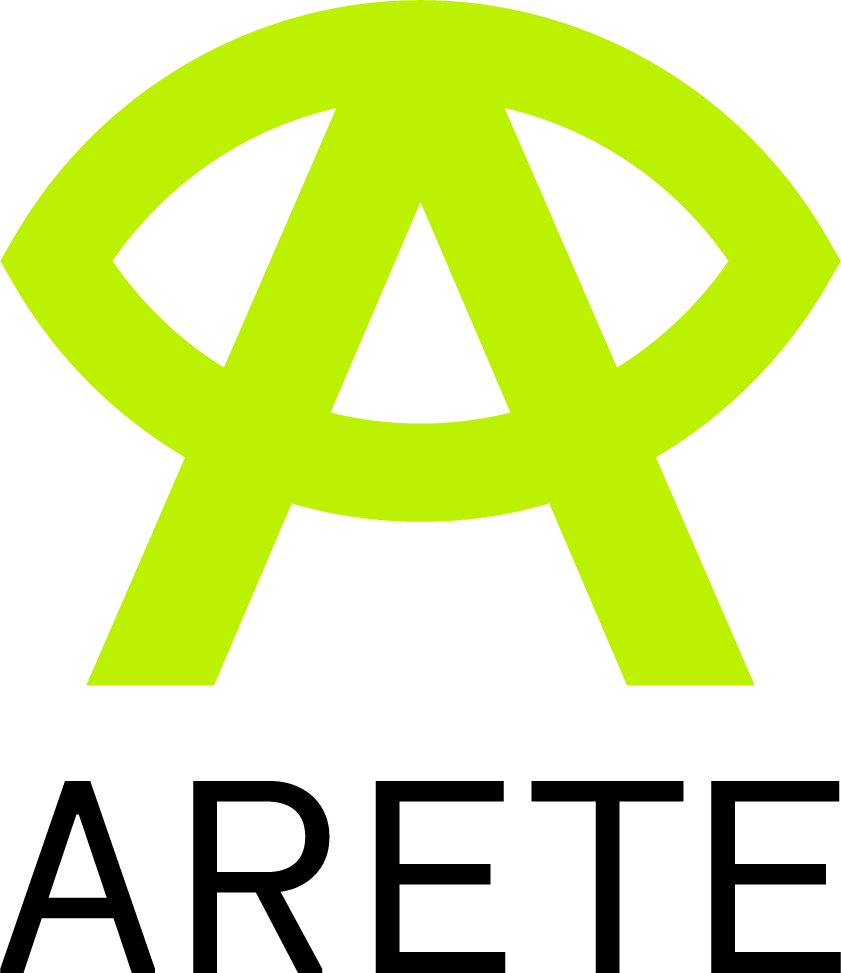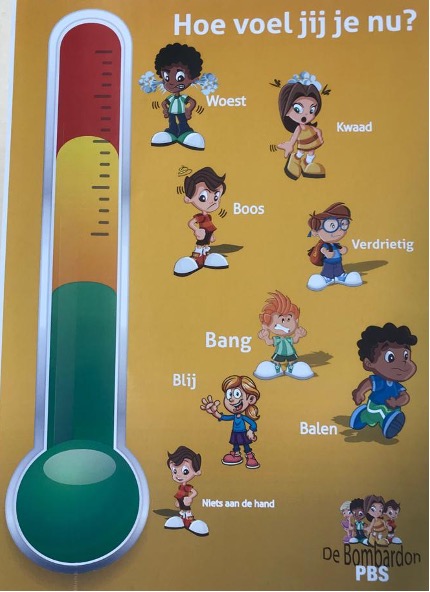Advantages of integrating WebRTC in AR apps for students
WebRTC is the technology that provides peer-to-peer communication between web browsers and mobile applications. WebRTC stands for Web Real-Time Communication, and it refers to an open-source project that allows transmission of audio, video, and data using web technologies. One of the advantages of WebRTC is the simplicity of implementation since it is possible to organize peer-to-peer communication between two browsers with a few lines of code.
One of the most notable use cases of WebRTC is remote assistance via shared AR. The two-way connection is organized here thanks to WebRTC, which helps avoid server overload.
In this context, Augmented Reality makes the effectiveness of remote collaboration and assistance grow in different areas such as health or industry, but also in the area of education. In a cross-device and cross-platform environment in which teachers and students share augmented contents, WebRTC could enable real-time communication between teachers and students. Figure 1 shows an example

Imagine an AR geography experience to which students can access through an app in their mobile devices (smartphone or tablet). Through this app, students learn geography concepts interacting with augmented contents. For example, they could learn the continents through a collaborative exercise that allows the visualisation of the Earth in an augmented way. The exercise would allow them to interact with the Earth by rotating it and placing a marker on each continent. Moreover, they could identify the continents in a collaborative way, by looking at the markers that other students place in real time.
On the other hand, the teacher would monitor the students activities through a web interface that integrates many other functionalities such as visualizing the data of the students, their marks, their progress and all their interactions. All of this could be analysed through different tables and graphs, but the most interesting would be to be able to see in real time what the students are doing. In order to do that, we consider two options: using web technologies and replicating the functionality of the students’ app to be integrated on the teacher interface; or using WebRTC and watch what students are doing through a WebRTC player that shows a screencast of each student app. While the first option would offer more interaction opportunities (since the teacher would be able to take part in the activity in the same way as students), the second option would present less development and deployment limitations. Furthermore, WebRTC could also be used to provide audio communication, so that for example the teacher could give hints or provide feedback to the students with his voice instead of with text, even if the students are not in the same physical location.
Native applications provide advanced resources to create more complex applications with more attractive designs for the students. But the replication of these apps through web technologies would be almost unfeasible and the teacher would have access to the same information they have when watching the experience through a video. Therefore, WebRTC technology seems to be a good choice in educational environments using AR.
In order to implement all the aforementioned, there are specific plugins for each development environment (be it Android, Unity or iOS) that provide the necessary mechanisms to obtain the peer-to-peer communication between devices.



